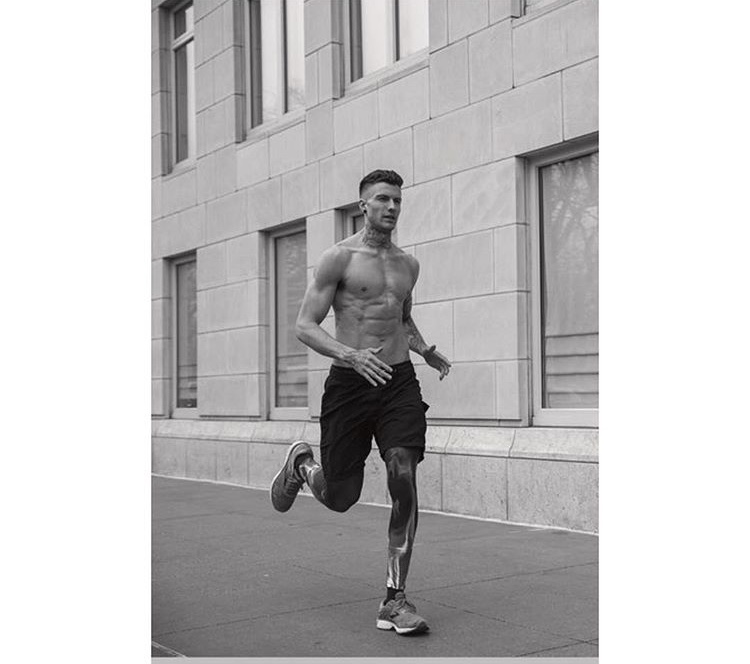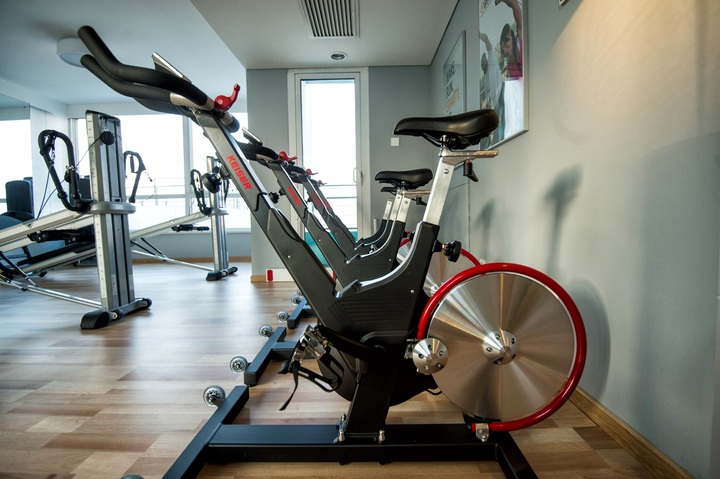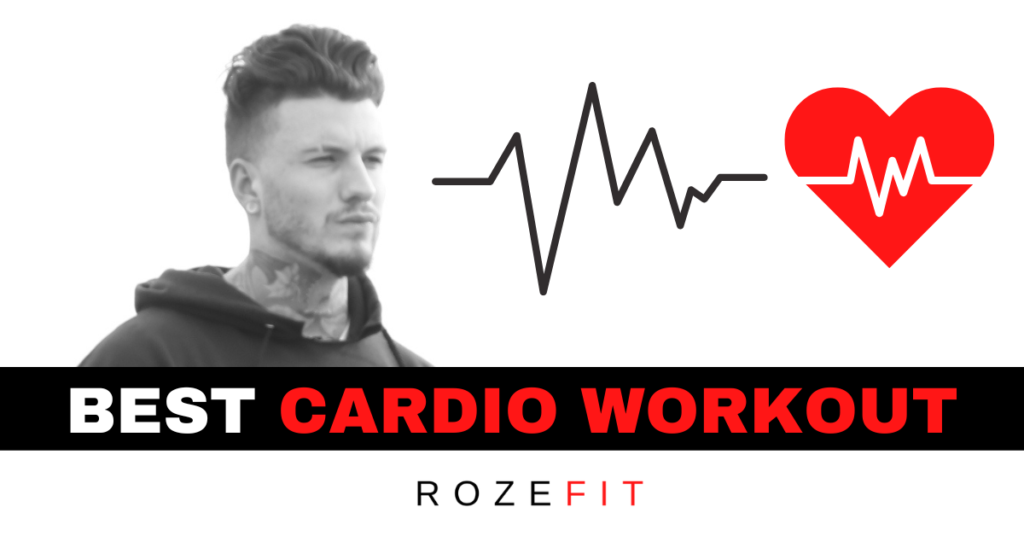Most people are doing the wrong type of cardio.
They think they need to be doing high intensity cardio that makes them feel like they are going to collapse in order to improve their aerobic fitness.
No wonder nobody wants to do their cardio.
The best workout for cardio is called Zone 2 training.
It is a submaximal intensity that won’t leave you feeling exhausted at all.
And although Zone 2 training is not exhausting, it yields the greatest dividends when it comes to improving your cardiorespiratory fitness and metabolic health.
Zone 2 Training
Zone 2 is a sustained exercise intensity where you are burning fat as your primary fuel source.
In Zone 2, you are stimulating type 1 muscle fibers which rely mostly on fat to produce ATP, the universal energy currency that your body uses for energy.
In Zone 2, ATP is generated through aerobic metabolism, also called oxidative phosphorylation.
Aerobic metabolism produces ATP to fuel your muscles for a sustained period of time.
You can think of it like putting a big log into a fire.
A big log will burn slowly and produce a flame for a long period of time.
Why Is Zone 2 the Best Workout for Cardio?

The whole point of doing cardio is to become more aerobically fit.
And by definition, being aerobically fit involves being able to sustain submaximal intensities of exercise for a sustained period of time.
When you think of the most aerobically fit athletes, who do you think of?
Cyclists like Lance Armstrong perhaps or swimmers like Michael Phelps.
These athletes are specimens of peak aerobic fitness.
They have the capacity to sustain high levels of intensity with relatively little exertion.
That’s because they have an incredible ability to rely on fat as fuel.
Which going back to our log analogy, gives your body sustained energy for a long period of time without crashing.
Aerobically fit people do most of their cardio in Zone 2.
What About Carbohydrates As Fuel?

Most people who are not aerobically fit are unable to burn fat as their primary fuel source.
This means they rely on glucose as fuel.
Glucose is a great fuel source because it supplies your muscles with ATP very quickly but it does not last anywhere near as long as fat.
And so the result is an energy crash.
We have all experienced this energy crash if you have ever tried to do cardio at a high intensity.
You can only sustain high intensity cardio for so long before you run out of energy.
That’s because your energy demand has exceeded your mitochondria’s ability to make ATP from carbohydrates.
And this brings us back to my point – slowing down will actually make you more fit over time because it will train your body to use fat as fuel.
And if you are burning fat as fuel, you will become more fit over time.
And that is precisely why Zone 2 is the best workout for cardio.
How Should You Do Your Zone 2 Cardio Workout?

Since you now understand why Zone 2 is the best workout for cardio, how exactly do you do Zone 2?
It is really simple.
You exercise at a heart rate of 180 – your age.
This formula gives you your exact Zone 2 heart rate.
So for example, if you are 50 years old, your Zone 2 heart rate would be 130 beats per minute.
At 130 beats per minute, you will be burning primarily fat as fuel.
Thus you are training your body to become aerobically fit.
Zone 2 Cardio Workout Adaptations
Over time, you will be able to sustain higher levels of intensity at a lower heart rate!
For example, when you first start maybe you achieve 130 beats per minute by briskly walking.
After doing Zone 2 cardio for a few months, you will be able to now jog at 130 beats per minute.
Then you will be able to jog a little faster, and then faster – all while maintaining 130 beats per minute.
As you become more aerobically fit, your heart rate will stay in that target zone but you will be able to cover more distance and be able to go faster.
The same applies if you decide to do your cardio on a stationary exercise bike.
I really like doing Zone 2 on a stationary exercise bike because there are less variables like hills that will throw off your heart rate.
Don’t Workout Hard for Cardio!

The worst thing you can do is workout too hard for cardio.
Unfortunately, most people think they have to workout super hard in order to become aerobically fit.
In fact, you will be doing yourself a disservice if you workout too hard.
If you exercise at higher heart rates than your Zone 2 target, you will actually stop burning fat as fuel!
You will start relying on carbohydrates as fuel and thus be out of the optimal zone for improving your cardiorespiratory fitness.
Remember, you want to be training your AEROBIC system which relies on FAT as fuel.
In order to burn fat, you need to sustain SUBMAXIMAL intensities.
That means your Zone 2 target heart rate.
180 – your age.
Keep Track of Your Cardio With a Heart Rate Monitor

The best way to make sure you are in your target heart rate zone is by using a heart rate monitor.
The chest strap heart rate monitors are the most accurate.
I really don’t recommend the wearables that go around your wrist to keep track of heart rate.
Go for the chest strap for the most accuracy.
There are a ton of brands out there that work great.
I personally like the heart rate monitors by Polar.
They have an incredibly accurate line of heart rate monitors.
They also have a free app that you can download to your phone so you can see your heart rate in real time.
You will need this feature to make sure you are staying within Zone 2.
Need Help Structuring the Best Cardio Workout Plan?
If you need a little more help structuring an optimal cardio workout plan to improve your metabolic health, I offer remote coaching services that have helped hundreds of people.
I keep a small roster of clients at any given time and make sure that you are getting all the support you need throughout your coaching experience.
You can find out more about my remote coaching opportunities here.
I look forward to speaking with you!

